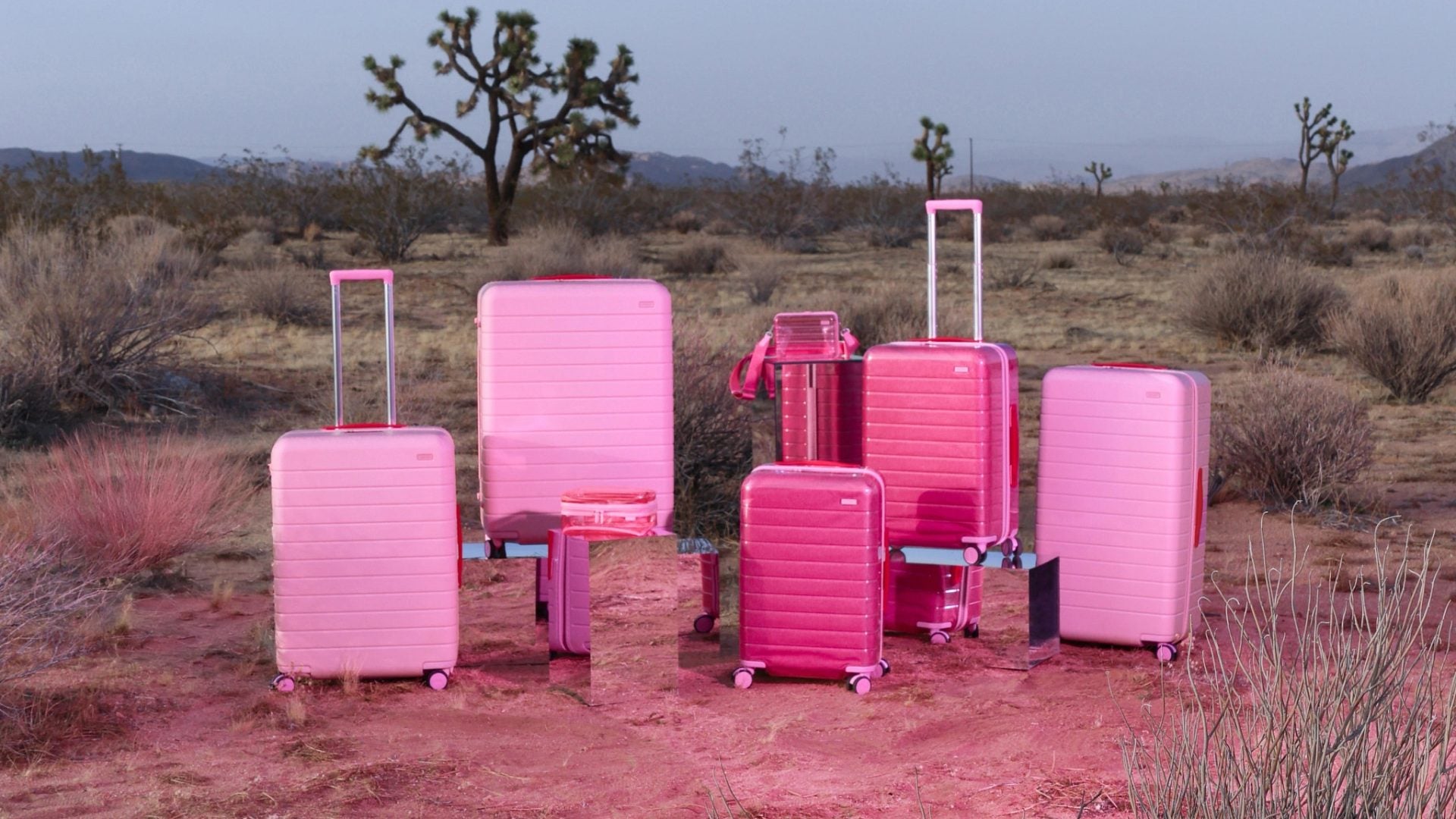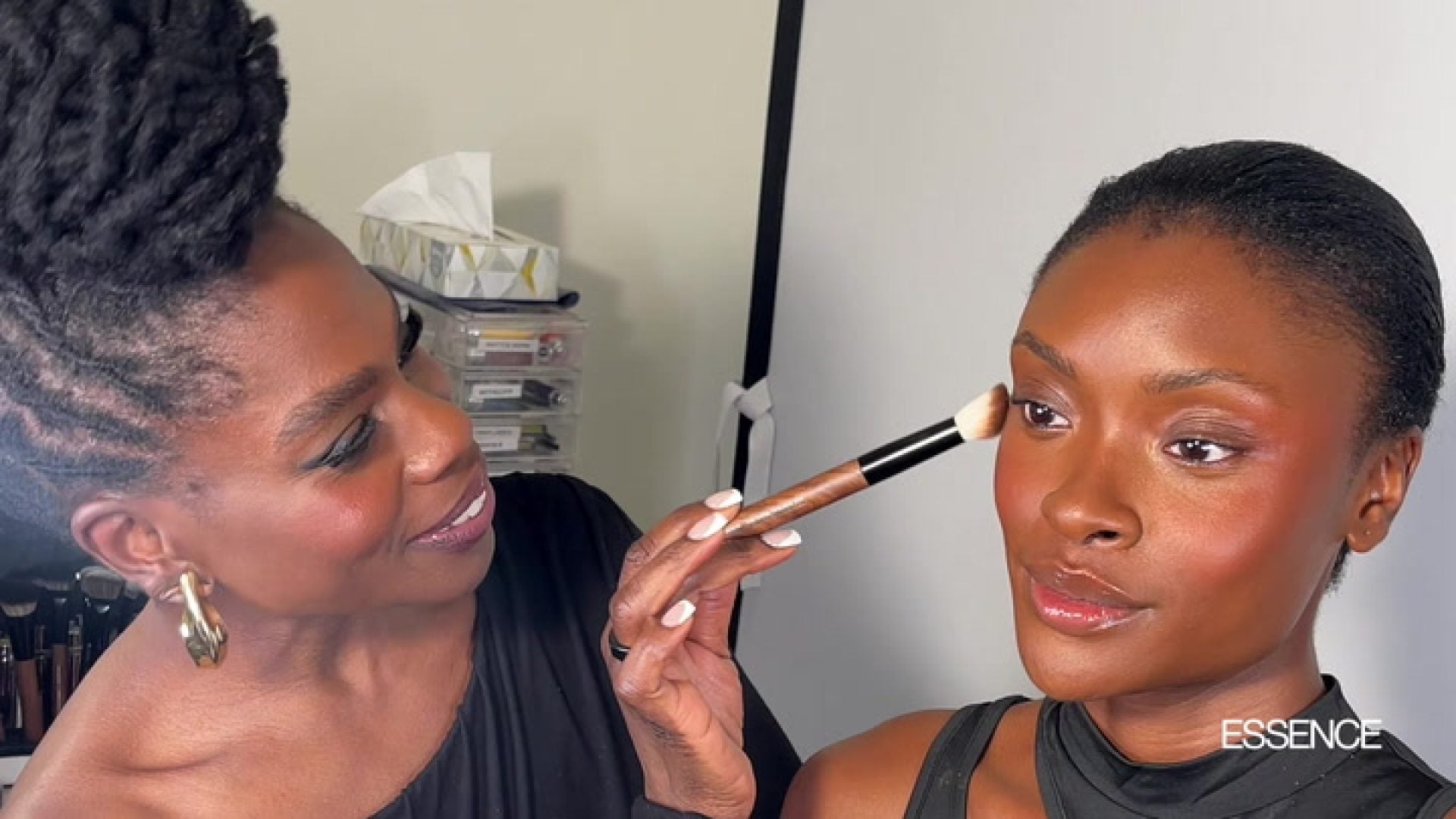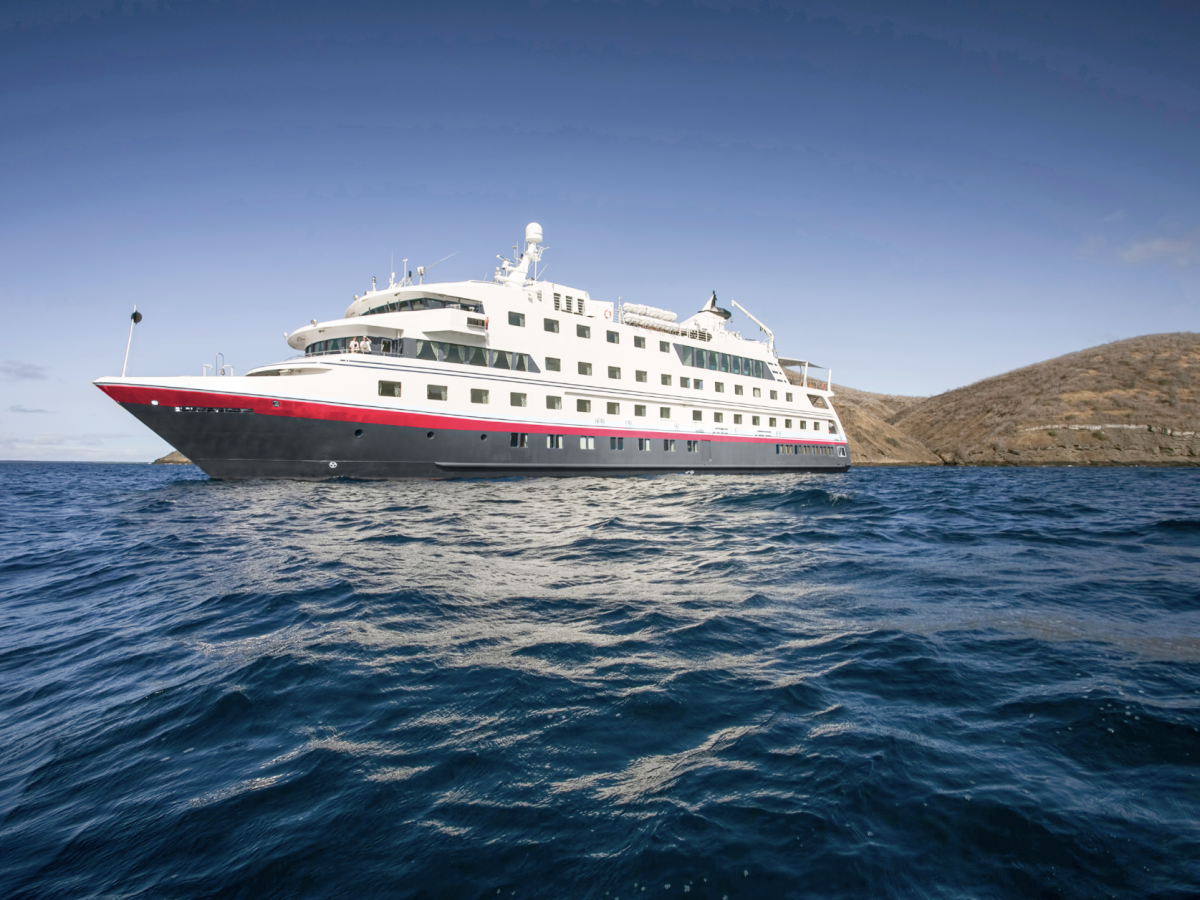
“Leave your suitcase on the dock, grab a life jacket, and jump on the boat.”
The instructions from the Hurtigruten Expedition tour leaders were my first indication that this wasn’t going to be a traditional cruise experience. It was technically my third day in Ecuador and I had flown from Quito to Guayaquil and finally to Baltra, one of the islands in the Galápagos Archipelago, all on my quest to explore this unique area.
Instead of using a walkway to get to our ship, we had to take a short boat ride, so I dutifully snapped the clasps of the bright red life jacket, found a spot on the edge of an inflatable zodiac boat (holding on to the rope behind me for dear life), and wondered what I had gotten myself into.
But by the end of the week, I was grateful that I had signed up for the expedition cruise. Though I had researched what to expect on the trip, experience is truly the best teacher. As the week unfolded, I learned a lot about this form of exploration and the type of people who take such cruises. Below are the most important takeaways.
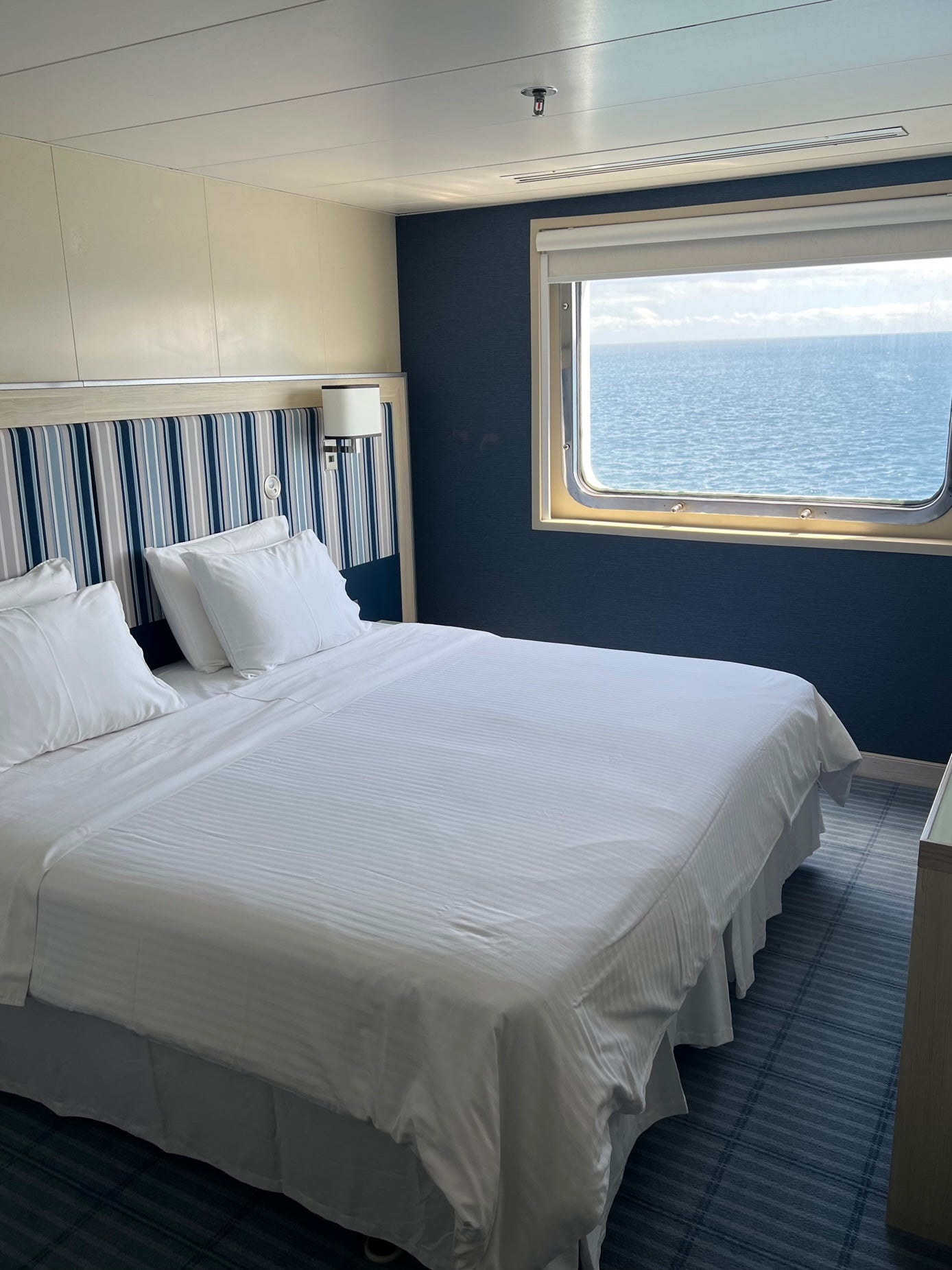
Expedition ships are much smaller than traditional cruise ships
One of the first things to know before signing up for an expedition cruise is the ship size will pale in comparison to what you’re used to. While ships will vary in size, the MS Santa Cruz II holds up to 90 passengers, and our sailing had a little more than 60 passengers. I stayed in an explorer cabin, which had a comfortable double-size bed, wide window, and crisp navy and white nautical-inspired decor.
Since the ship is smaller, you can feel more movement, and we did experience some intense swaying one night, which made me nauseous. The crew provided me with anti-nausea medication, and I spent a few hours on the observation deck getting fresh air. Sea sickness is more common on a smaller ship, and if it’s your first time on a smaller cruise ship, it may take some time to get your “sea legs.”
And though the ship was small, the food was a big highlight. Hurtigruten Expeditions is a top-of-the-line cruise company, and the food they provided did not disappoint. Breakfast was a buffet of traditional dishes like bacon, eggs, pastries, waffles, and fresh fruit, and lunch and dinner were made-to-order three-course meals and included ceviche, roasted chicken, and prime rib. Alcoholic drinks were complimentary during mealtimes and there also was a bar for ordering drinks at night.
Your packing list is going to look a little different
The dress code on an expedition cruise is very casual. For most of the cruise, we wore our expedition gear (for me that meant leggings or shorts and a T-shirt). For a warm-weather voyage, it’s important to bring clothes that are going to get wet and possibly dirty and lots of sun protection because you’ll spend 90 percent of your day outdoors.
Be sure to pack a sunhat, water shoes, swimsuits, or a rash guard. I purchased a long-sleeve swimsuit at the airport in Quito, which turned out to be one of my best travel purchases. It’s also important to bring a backpack to store a change of clothes. In order to get to our expeditions, we had to disembark on the zodiac boat (sometimes two or three times a day) and we spent most of our time hiking, snorkeling, or swimming.
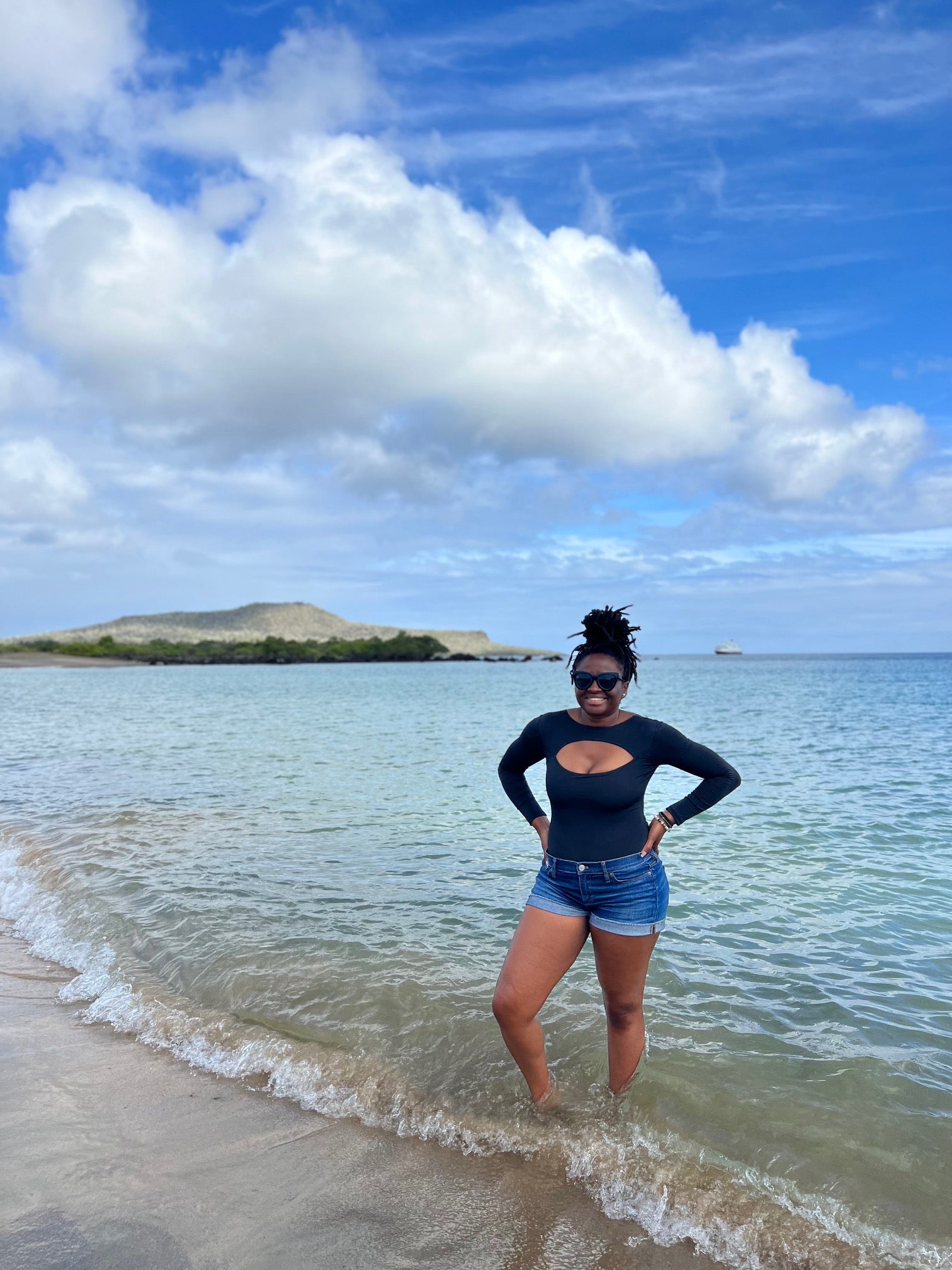
Off-ship activities are the focus
Expedition cruises are all about, well, you guessed it, expeditions. I had come with the sole purpose of seeing the Galápagos Islands, which are made up of 13 main islands and several small islands and islets. People flock here for the biodiversity and remoteness of the islands; most are uninhabited, and when we landed on an island, we were the only ones there.
Each day, there was a full itinerary waiting for us, and I explored several islands during the cruise. The first was Isabela, the largest of the Galápagos Islands. The volcanic island was covered in lush vegetation and it looked like something from a Jurassic Park movie. We sailed around the perimeter of the island, and I saw penguins, marine iguanas, and blue-footed boobies. Later that afternoon, I went for a glass-bottom boat ride where giant stingrays and sea turtles greeted us.
On Fernandina Island, we hiked the rocky terrain, dodged cacti, and took photos of sea otters just inches from us. My favorite stop was Santa Cruz, the most populated island, which is home to Galápagos National Park and the Charles Darwin Research Center. After visiting both centers, we headed to a tortoise farm, where we had close encounters with giant 100-year-old tortoises. Our last stop was Floreana Island, home to pink flamingos and white sand beaches.
An open mind and sense of adventure are necessary
Though you could carve out time to relax, an expedition cruise isn’t necessarily for travelers who want to lie by a pool with a cocktail in hand or who need non-stop entertainment. On our cruise, nightly activities included our tour guides hosting educational lectures, and our schedule was packed with activities (some that started as early as 7:30 a.m.).
An expedition cruise is great for those who have already done a bit of traveling and want to go deeper into exploring a location. My cruise was made up of a mix of families, retirees, and professionals in search of adventure. Though it wasn’t a typical cruise experience, this trip ended up making a significant impression on me. The wilderness of the Galápagos Islands coupled with up-close encounters with the wildlife is something I’ll never forget.
